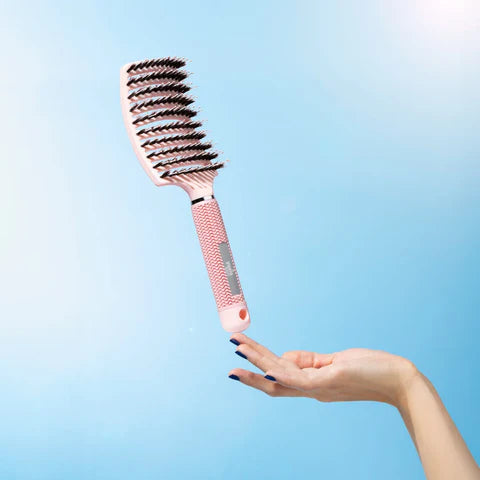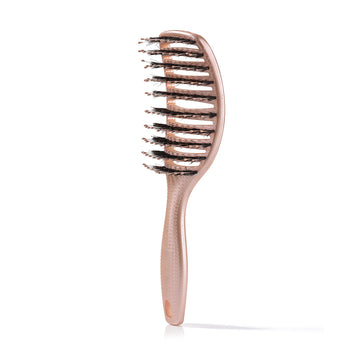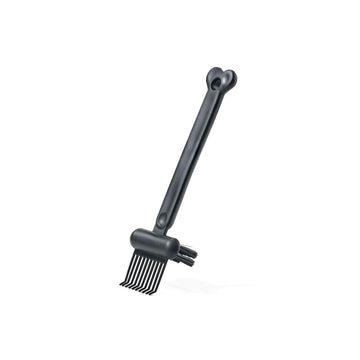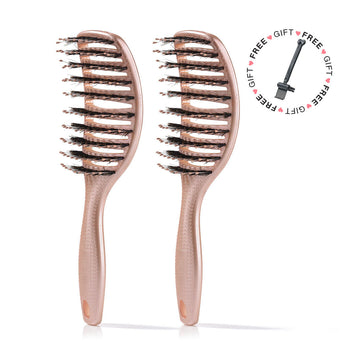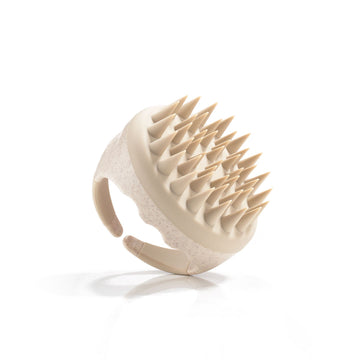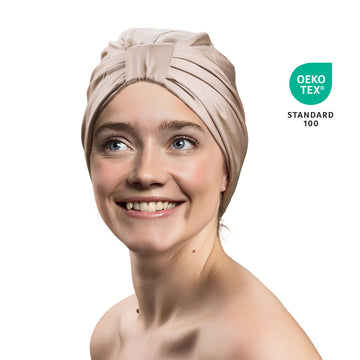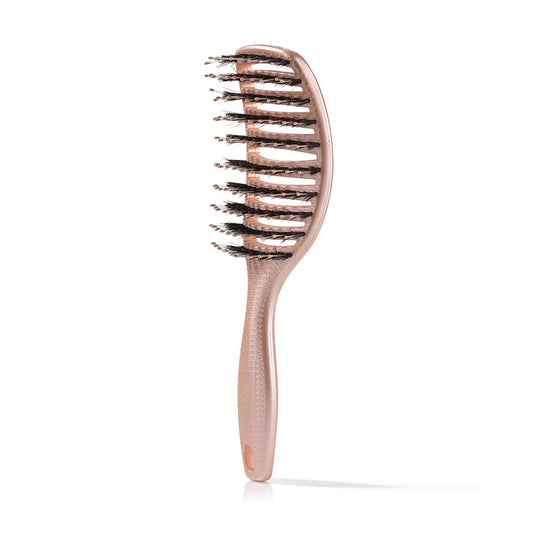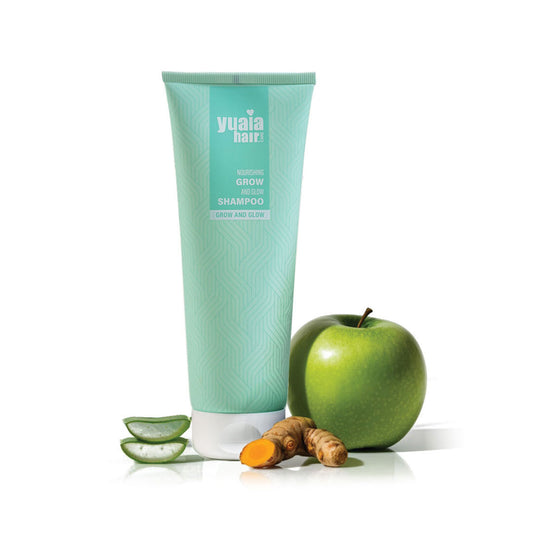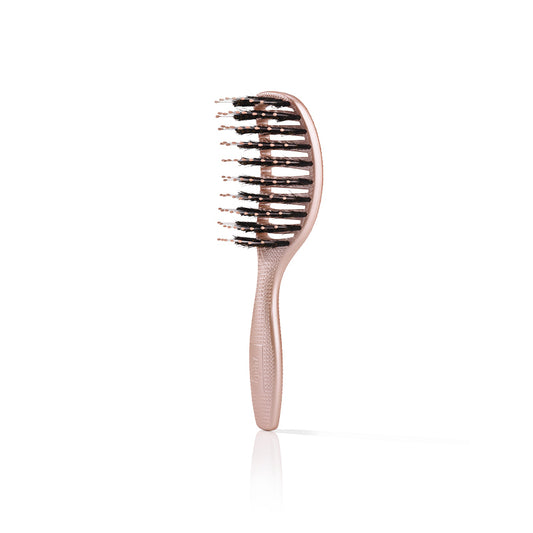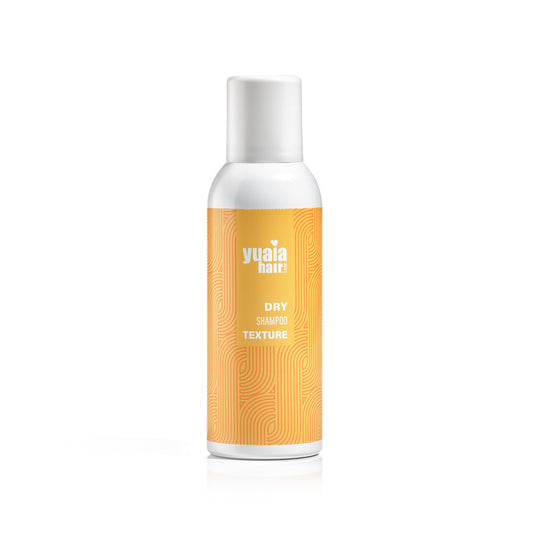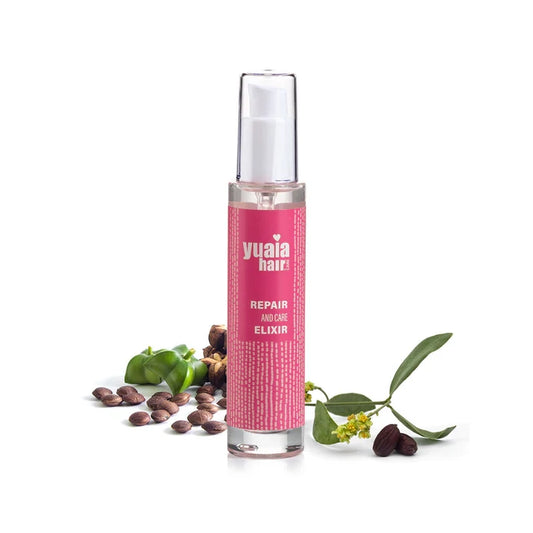
Factors contributing to static hair
Static electricity in hair can be exacerbated by various factors, each playing a unique role in how charges accumulate. Understanding these elements can help you manage static more effectively.
Synthetic materials and the triboelectric effect
Contact with synthetic materials is a significant contributor to static electricity in hair. Fabrics such as polyester and wool are notorious for causing static through the triboelectric effect, where materials become electrically charged after coming into contact with different substances. As these fabrics rub against your hair, they can transfer electrons, leading to an imbalance that causes hair to stand on end.
Hair structure and treatments
The natural structure of your hair and any treatments it has undergone can also influence how prone it is to static. Fine, straight hair tends to have a larger surface area, making it more susceptible to electron exchange. Chemically treated hair, such as dyed or permed hair, often has a rougher cuticle layer, which can increase the likelihood of static buildup. This is because the altered cuticle provides more opportunities for friction and electron transfer.
Environmental and lifestyle influences
While not as direct, environmental factors such as hard water can play a role in static electricity. Hard water can leave mineral deposits on your hair, affecting its texture and moisture balance, which might contribute to static. Additionally, maintaining a healthy diet supports hair health, potentially minimizing static by ensuring your hair retains its natural moisture.
Practical solutions to reduce static electricity
Addressing static electricity in hair involves a combination of strategic product use and lifestyle adjustments. Here are some practical solutions:
Hair care products
Opting for sulfate-free, silicone-free shampoos can help maintain your hair's natural moisture. Our Grow and Glow Shampoo is designed to cleanse without stripping essential oils, thereby reducing static and keeping your hair smooth.
Switching to natural materials
Wearing clothing made from natural fibers like cotton can help minimize static. Unlike synthetic fabrics, natural materials tend to generate less friction, reducing the likelihood of electron transfer to your hair.
Humidity control
Maintaining optimal humidity levels in your living space can significantly reduce static electricity in hair. Using a humidifier during dry seasons can help keep the air moist, preventing the accumulation of static charges.
By understanding and addressing these contributing factors, you can effectively manage static electricity in your hair, leading to smoother, more manageable locks.
Daily hair care tips for managing static
Managing static electricity in hair requires a thoughtful approach to daily hair care routines. By incorporating specific techniques and using the right tools, you can significantly reduce static and maintain smoother hair.
Brushing techniques
Using the right brush can make a significant difference in managing static. A boar bristle brush, like our Curvy Brush, is excellent for minimizing friction and evenly distributing natural oils throughout your hair. This helps to keep the hair smooth and less prone to static buildup.
Avoiding over-washing
Frequent washing can strip your hair of its natural oils, leaving it dry and more susceptible to static electricity. Instead of washing daily, consider alternative cleansing methods such as co-washing or using dry shampoo in between washes. This approach helps maintain the hair's moisture balance and reduces static.
Frequently asked questions
Why does my hair get more static in winter?
During winter, the combination of cold, dry outdoor air and indoor heating systems significantly reduces humidity levels. This dry environment allows static charges to accumulate more easily on your hair, leading to increased static electricity.
Can certain hair types be more prone to static?
Yes, certain hair types, particularly fine, straight, and chemically treated hair, are more prone to static. These hair types have a larger surface area and rougher cuticle layers, which increase the likelihood of electron exchange and static buildup.
What are quick fixes for static hair on the go?
For quick fixes, try using a small amount of leave-in conditioner or lightly wetting your hands and running them over your hair to smooth down static flyaways. These methods help to temporarily manage static by adding moisture and weight to the hair.

 Livraison en 2-4 jours
Livraison en 2-4 jours
 100 000+ clients satisfaits
100 000+ clients satisfaits
 Garantie de satisfaction
Garantie de satisfaction






